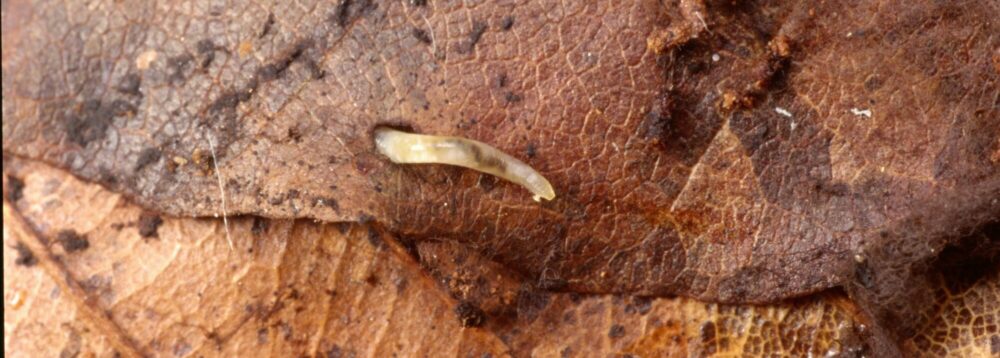Class: Mull humus forms
At sites characterised by a high abundance of soil organisms with activities such as comminution and bioturbation, Mull humus forms are observed. Soil organisms belonging to this group are earthworms, small annelids, and soil-mixing arthropods such as isopods, diplopods, and dipteran larvae.
The decomposability of litter from trees, herbs, and grasses growing at the sites is mostly good to very good. Rapid litter decomposition and humification at the soil surface and incorporation of plant residues into the mineral soil result in a thick A horizon and in narrow-to-moderately low (<15) CN ratios of the A horizon. Mostly, the A horizon has a stable granular structure or fine subangular blocky or fine angular blocky structure, with high aggregate stability even under high soil moisture conditions. The A horizon is uniformly coloured (e.g., 10YR 4/1–3/1 or 10YR 3/2–2/2). The Ol horizon may be decomposed within one year, frequently leading to the development of an Of horizon. The distinct feature of a Mull is:
- Oh horizon is never present.
Mull humus forms are further differentiated into types and subtypes according to the duration of litter decomposition and the features of the Ol, Of, and A horizons.
